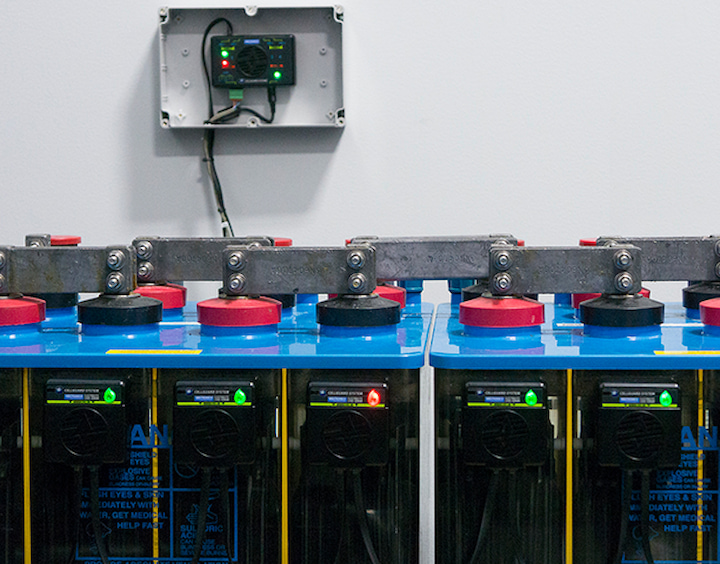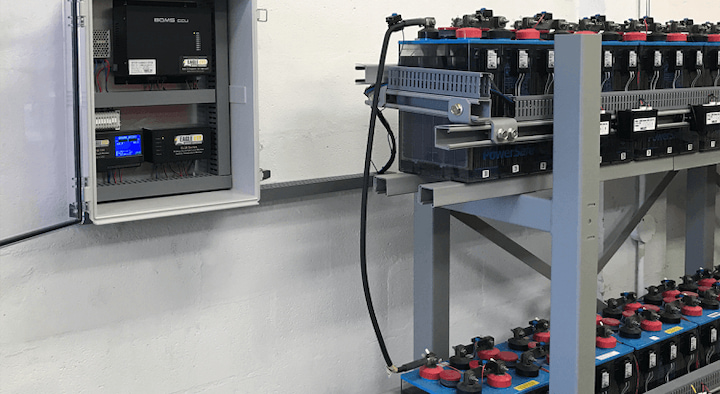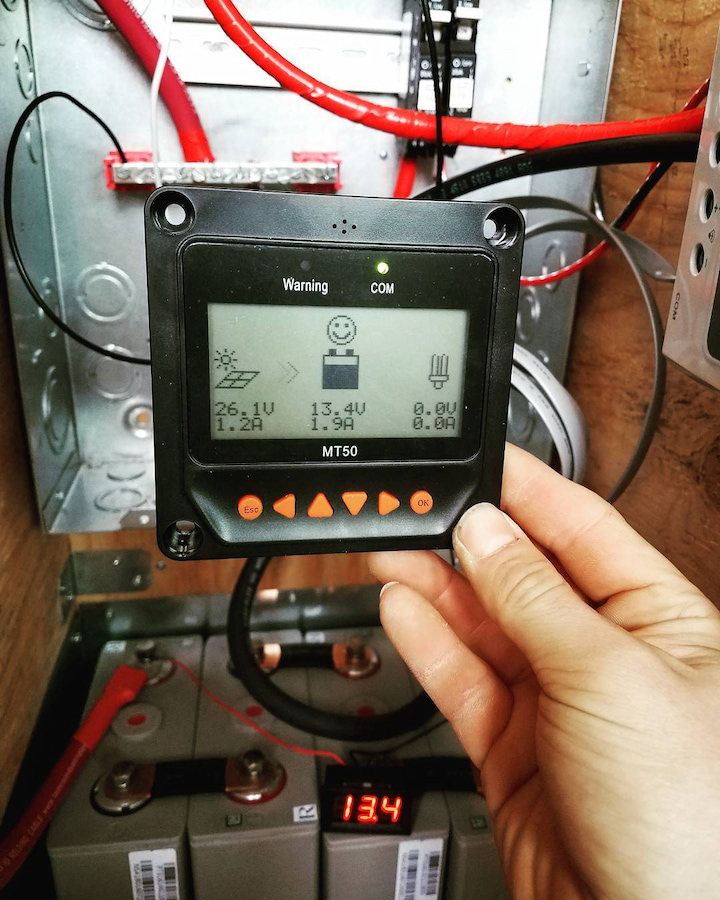Everything You Need to Know About Caravan Battery Monitoring Systems
When you’re going camping, you need to be prepared. One of the most important things to be prepared about is equipping your caravan with a good battery. However, even if you do, odds are that you have to be extra careful about the battery’s life. That’s because not all caravans and not all caravan batteries are ideal for extended battery usage, especially when you’re off the grid. That’s why having a good caravan battery monitor is so important. A good alternative might be a camping generator, but if you’re able to use your caravan’s battery, why not do that.
What Exactly is a Battery Monitoring System

A basic battery management device connects your auxiliary or caravan battery to your main battery and it ensures that the charges from the alternator will apply to the main battery and will not be shared with the auxiliary battery until the main battery is fully charged. It protects the voltage of your main battery so you can start up your car every single time even if you have a heavy load on your auxiliary battery. It’s a great device that comes with the functionality of accepting charges from power sources other than the alternator, such as accepting 240V AC power from the grid or a generator, meaning it works as a battery charger, or 12V/24V DC power from solar. Multiple sources can be connected to the battery simultaneously and it will choose the best charging method intelligently. This all means that a caravan battery monitor is ideal for ensuring the battery’s charge lasts for significantly longer than usual. This comes in really handy with campers who have multiple power sources on the vehicle.
How Many Batteries do You Need?
Batteries can be damaged if they are overly discharged on a frequent basis. Common lead acid AGM batteries have a rated cycle life of 500 at 50% depth of discharge and more than 1200 at 25% depth of discharge. This means that when a battery bank is doubled in size, it will reduce the depth of discharge from 50% to 25% and the lifespan of the batteries will extend more than twice, at least in theory. The end result is that we get a battery system that costs less money in the long term and is also larger in capacity. A rule of thumb is if a battery bank goes down to 12V quite often, it’s time to consider increasing the capacity of the whole bank. Defining the amount of energy available in a battery is a complex task. There are many things to consider to accurately monitor the state of your batteries; battery age, discharge current, and temperature all influence the actual battery capacity.
Smart Usage

A battery monitor simply checks on the power stored, such as the incoming and outgoing current and the state of charge for the battery. Without monitoring, batteries can be damaged through continual undercharging and/or over-discharging. It’s highly recommended to install a battery monitor that displays not only the battery voltage but also the live current draw, amp hours charged and consumed, and the estimated state of charge of the battery. With these parameters, a good insight is gained into the operation of the energy system, which enables energy-smart decisions such as turning off loads that are not in use or replacing devices that have high energy consumptions.
Battery Charging
A battery is charged by connecting it across a source that has a higher voltage. The rate at which it charges depends on how much higher the applied charging voltage is than the battery that is being charged. Ideally, that voltage needs to be up to 20% higher, but there is a limit as to how high this can be when charging from a car system as the optimum charging voltage is too high for the car’s own electrical needs. So, as in many such situations, one ends up with a sub-standard compromise. In this case, it’s a vaguely foolproof system that works well enough for the caravan and its battery, but less so for charging auxiliary batteries, and a great deal less so if such batteries are in a caravan on the other side.
Car Alternator Usage

Rarely acknowledged is that at no time does the alternator know, or care, about the battery’s state of charge. The alternator simply churns out a constant voltage. The charging battery’s voltage rises toward that fixed charging voltage with the charge tapering off as it does. 70-75% of a full charge after a few hours’ driving seems to be enough for a charging battery. The limitation is that a battery below the remaining 20% charge is effectively dead. Further, it may have a life of only months if discharged repeatedly below about 40% charge. So, if a battery is charged only to 80% and discharged to 40%, only 40% of its nominal capacity is available for use. Batteries in caravans may not even reach a 65% charge. The reality is that even if batteries are almost driven into the ground when discharged, the loss of capacity is greater than you’d think unless they are fully charged.
AC-DC
Today, even low-priced cars have more computing power than had early spacecraft. Their vehicle electronics are rugged enough but far too low for charging. And they require that voltage to be stable. Further, adding an auxiliary battery bank may not necessarily cause problems, but is all but certain to be blamed if things go wrong. The solution is a DC-DC charger, which is a box that is perceived by the car’s electrics as simply another piece of add-on kit. This box electrically isolates the auxiliary battery from the alternator, compensates for any reasonable voltage drop and converts whatever comes into the optimum charging voltage and regime for any specific size and type of auxiliary battery. Whereas many other so-called solutions fix only marginally more problems than they introduce, this one really is a genuine technological breakthrough. In one go, it solves most of the electrical problems that have plagued caravanners for close to a century. In particular, it finally enables caravan batteries to be properly charged, and their fridges to work at a capacity a lot closer to that intended for them.
